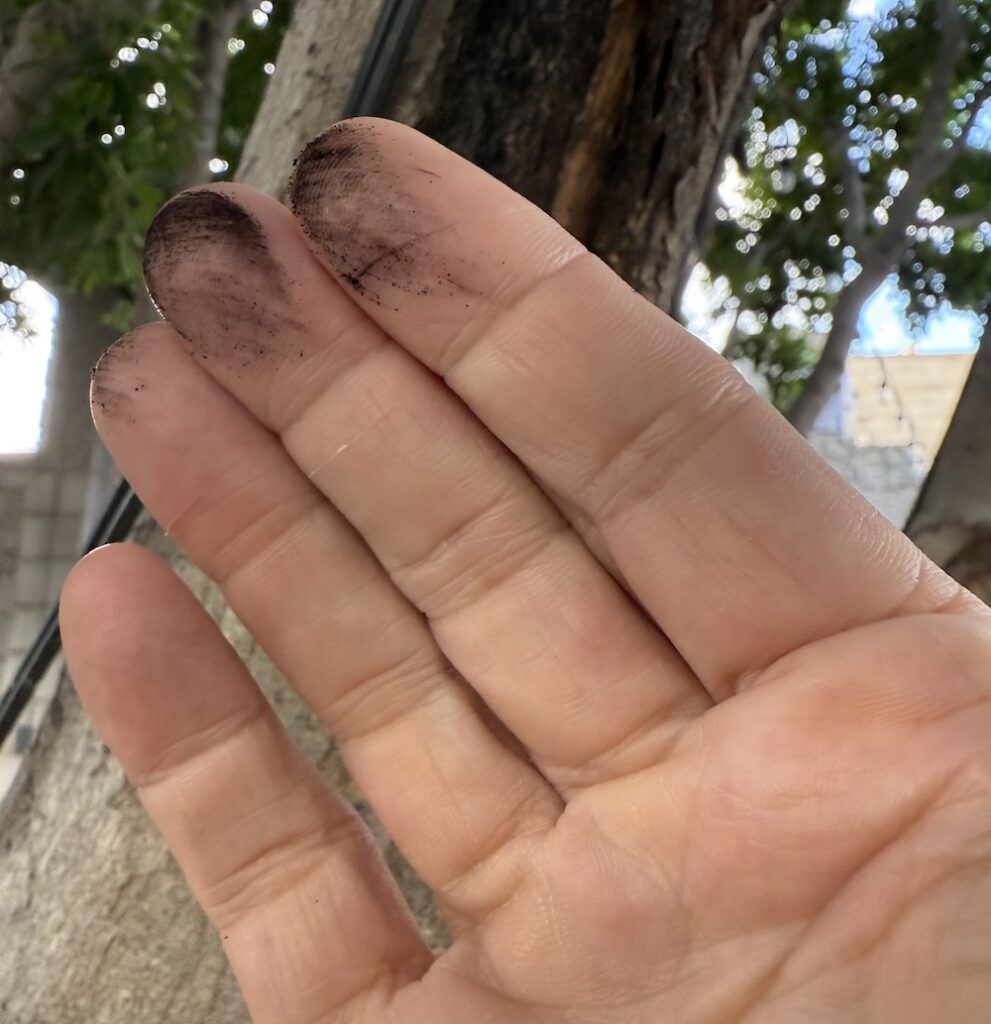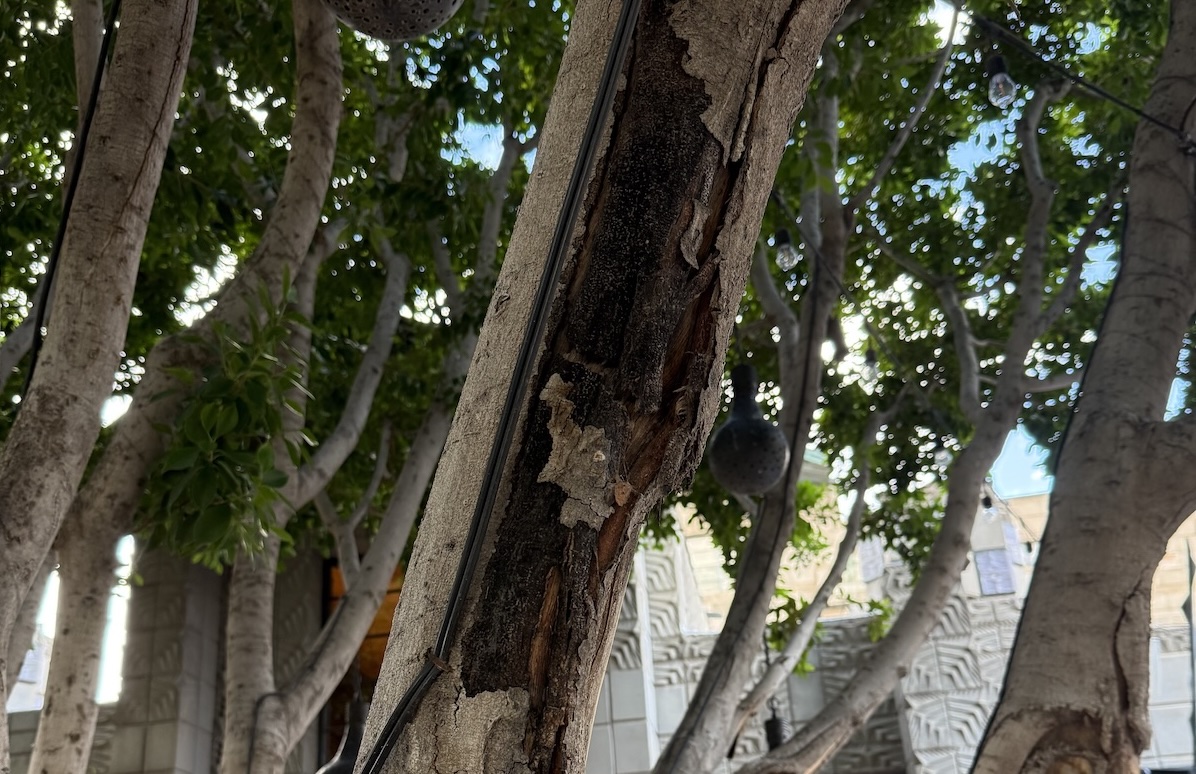Sooty Canker: The epidemic attacking Phoenix-Area Trees
Arizona trees are under attack, seeing an exponential increase in the presence of sooty canker. Sooty canker is an airborne pathogen that kills the living tissue, leading to eventual death of a tree if not treated properly. In this article, we’ll walk through what sooty canker is, how to identify it and what you can do to avoid or treat the fungal disease.
What is Sooty canker?
Sooty canker is a deadly fungal disease caused by Hendersonula Toruloidea. At Adaptive Plant Health and Weed Solutions, our arborists have seen the disease more and more as it has spread throughout The Valley. The fungus releases airborne spores that can easily travel from one tree to another, making it a very risky disease and a threat to just about any property.
How to identify Sooty Canker
Sooty canker produces black, soot-like fungal mats under the bark. As it spreads, it kills the cambium (the living tissue of the tree), leading to:
- Blackened lesions and peeling bark
- Branch dieback, such as wilted, brown and dead leaves that remain on a tree late into winter.
- Progressive canopy thinning
- Brown, moist areas on the bark of affected limbs, which crack to show a dusty, dark, powdery clump of fungal spores
- Sunken cankers on the limbs of a tree
- Eventual tree death

What type of trees does sooty Canker affect?
The dangerous issue with sooty canker and why it spreads so quickly is that it doesn’t affect just one type of tree. It can move rapidly across neighborhoods, infecting multiple species, including:
- Ash
- Mulberry
- Citrus
- Willow
- Sycamore
- Palo Verde
- Dozens of others
How does sooty canker spread?
The fungus releases airborne spores that can travel easily from one tree to another. It enters through:
- Sunburned Bark
- Pruning Wounds
- Storm Damage
- Mechanical Injuries
How to treat Sooty Canker
Unfortunately, the hard truth is that once sooty canker sets in, there is no cure. Infected limbs can sometimes be pruned out, but if the trunk is infected, decline is inevitable.
The best defense is prevention. Keep trees strong, hydrated and resilient. This is done by:
- Deep, consistent watering to avoid stress
- Balanced fertilization for root and canopy health
- Smart pruning – no more than 25-30% canopy reduction
- Sun protection for vulnerable bark
Need a little help?
At Adaptive, our science-based fertilization and soil programs are designed to give trees the strength they need to resist infections like sooty canker. By improving root systems, boosting nutrient uptake, and reducing drought stress, we help Arizona trees survive and thrive—even in extreme conditions.
Please don’t wait until it’s too late. We’re happy to come out and perform a free plant health assessment to provide education, guidance and tree care services, if needed.

